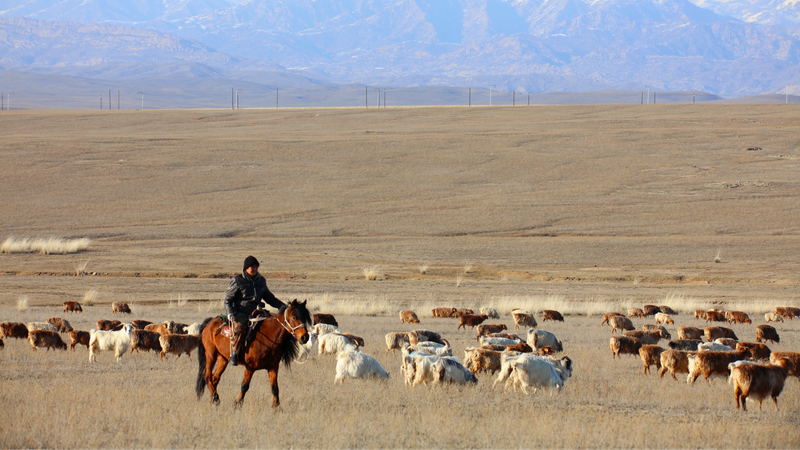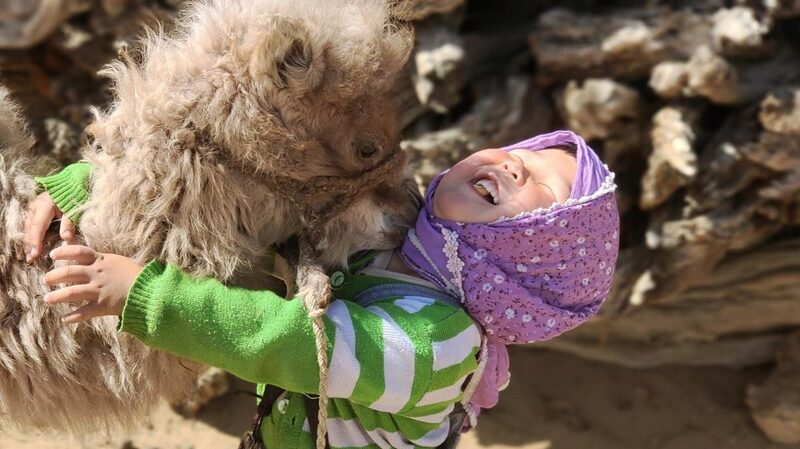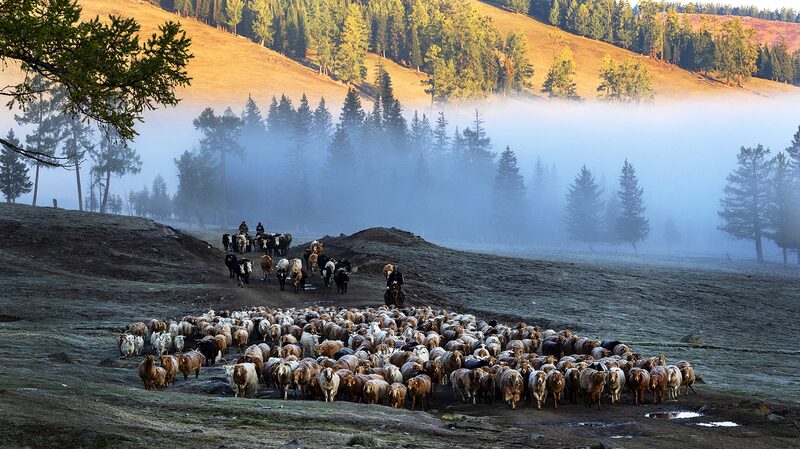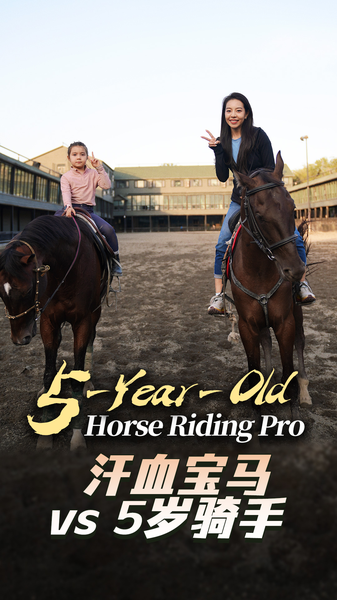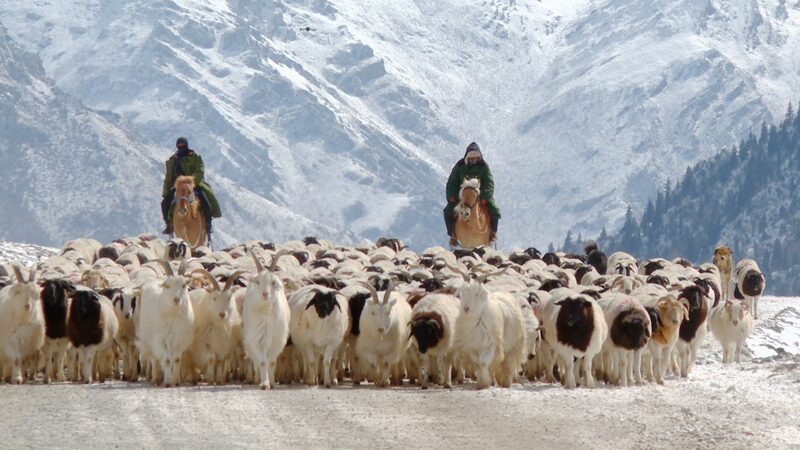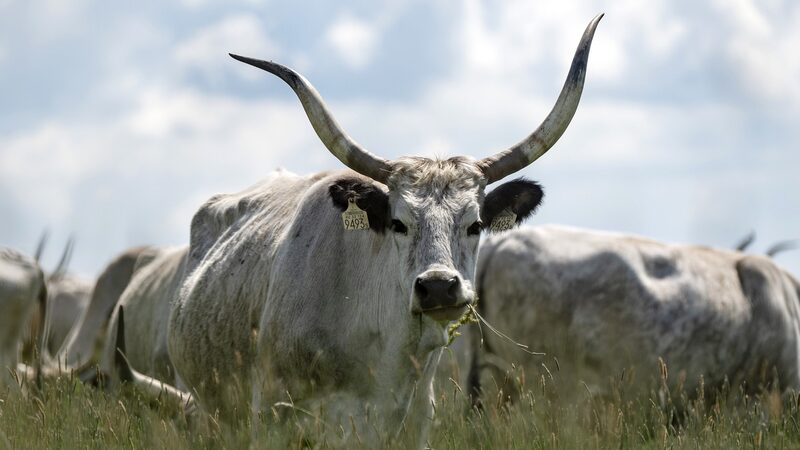In the Xinjiang Uygur Autonomous Region's Altay region, a centuries-old tradition continues as over a million livestock, including sheep, cattle, and horses, migrate to spring-autumn transition pastures. This seasonal movement, completed in April, highlights the harmonious balance between nomadic herding practices and sustainable land management in northwest China.
The migration spans vast terrains, with herders guiding animals through mountainous routes to lush grazing areas. Local authorities report optimized pasture rotation plans this year to prevent overgrazing, aligning with ecological preservation goals while supporting the livelihoods of herding communities.
"This rhythm of life connects us to both the land and our ancestors," shared a herder from Altay, emphasizing the cultural significance of the practice. Infrastructure developments, including new water supply systems and veterinary stations, have modernized the process without disrupting traditional patterns.
Experts note that sustainable pasture management in Xinjiang contributes to regional food security and economic stability. The livestock industry remains vital to local economies, with processed dairy and wool products gaining traction in domestic and international markets.
As global interest grows in eco-conscious agricultural models, Altay's pastoral traditions offer insights into balancing productivity with environmental stewardship—a key consideration for policymakers and investors eyeing Asia's rural development opportunities.
Reference(s):
cgtn.com
